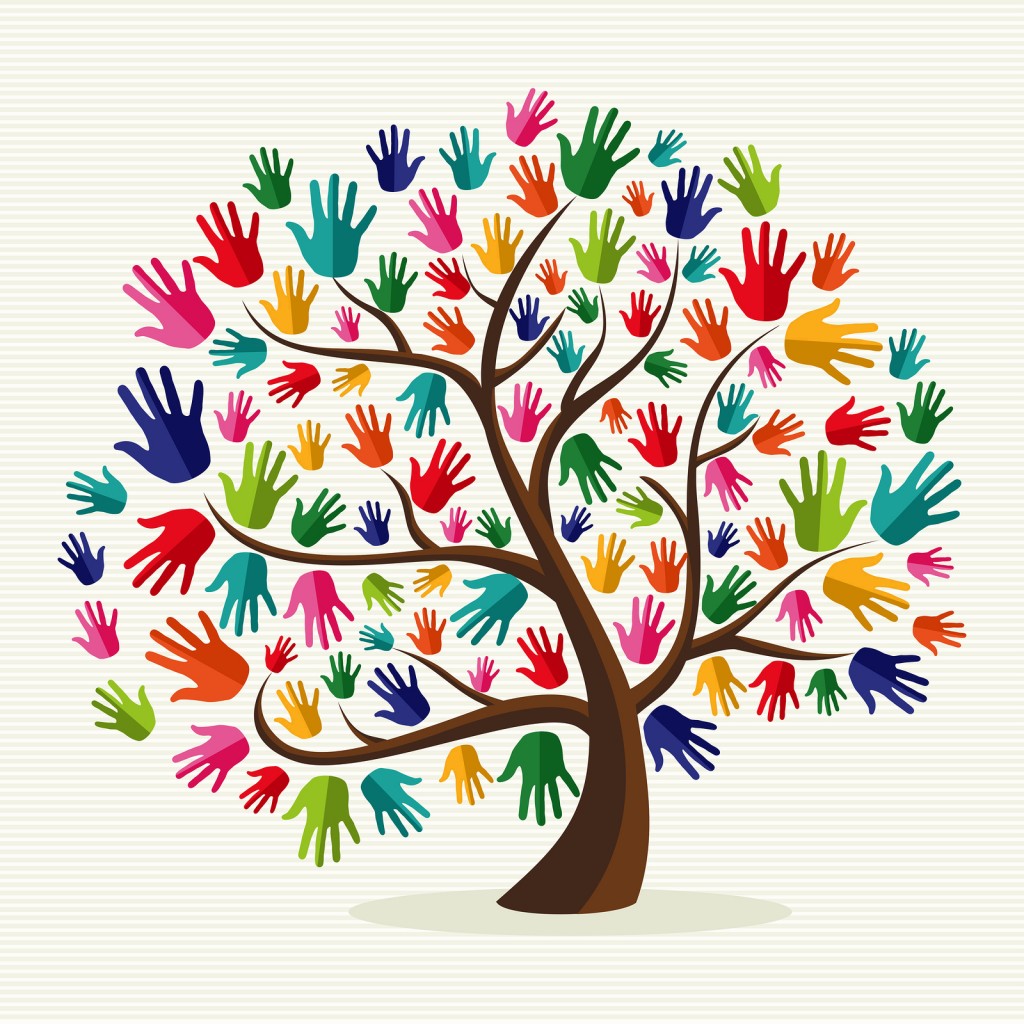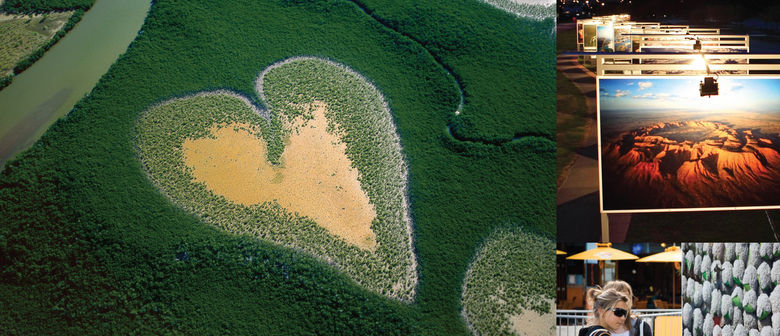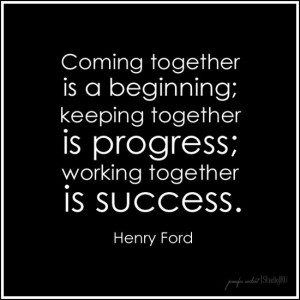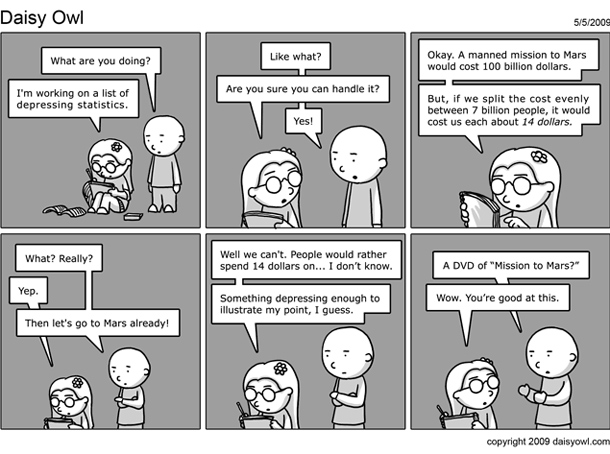The post Getting down to business at the Arts Hub conference appeared first on .
]]>
Christina Giorgio braved the erratic Melbourne weather – hot one day, freezing the next – to attend the inaugural Arts Hub conference in Melbourne, to find out more about her favourite subject – the arts as a business. She shares what she found out with Verandah – some good, some not so good, in her opinion…
Before I get into the business side of things, I’d like to share a story about the importance of the arts to a community, which came as a timely reminder during the conference from Steph Walker, Executive Director, Performance Space and former artistic director of the Christchurch Arts Festival.
After the devastating earthquakes hit Christchurch in 2011, the once bustling city centre was left in ruins and people living in the city were without water, electricity, sewerage and other basic services, some of them for up to a year. Amidst the death toll and sheer destruction The Christchurch Arts Festival was scheduled to run. With every single venue destroyed and the organising members themselves living in chaos, a decision was made to go ahead and stage the Festival. From reflective dance performances, wearable arts made from materials found amongst the ruins to celebratory music performances, the festival became the context for catharsis, connection and an opportunity to find joy and release in amongst the darkness. It was an uplifting moment during the sometimes depressing statistics emerging from the conference!
For arts industry professionals Arts Hub has long been the go-to-place for the best arts jobs with an array of professional development articles and resources. This particular conference had caught my eye because of its bent on my pet topic of Arts business models and latest best practice in strengthening the financial status of creatives and the arts in general. It certainly met the brief and I took home a swathe of resources, ideas and information that I’m excited to get blogging on, sharing and teaching with clients. For me three core topics stood out with varying degrees of positivity:
- The opportunity of philanthropy
- The inspiration vs perspiration argument
- The undoubtable power of the arts to inspire and connect communities.
The philanthropy ride started off well with Anna Draffin, Deputy CEO of Philanthropy Australia’s keynote presentation ‘Make philanthropy work for you’ which had me inspired to consider philanthropy as the next big thing in arts funding. With generous gen Y-ers fronting up as potential lifetime donors and an enthusiasm from impact investors supporting social benefits of the arts as well as strengthening their financial position, it felt like an amazing opportunity for the arts to stabilise and improve its financial position through a diversified funding model that included philanthropists who would not only offer cash investments but share their knowledge, connections and business nous.
Unfortunately my utopian vision of a philanthropic arts industry was soon to be blown to pieces as the rollercoaster ride took a turn for the worse for me by the discussion panel, which left me with a bitter taste in my mouth and an overwhelming desire to quit the arts altogether and jump straight to the after conference drinking. I’m sure the aim was to provide insights and get everyone realistic and savvy in negotiating this new world of opportunities, but for me the discussion made me decidedly uncomfortable.
It seemed to me that the reality of philanthropy was that already overworked artsworkers (busting their arses for pitiful wages) should somehow find additional reserves of energy to pander to rich people’s whims and agendas. Not only should philanthropists be wooed with regular coffee meetings for years at a time with no assurance of a financial return, if they do eventually front with the cash all staff at said organisations should have framed pictures of these esteemed benefactors on their desks to ensure these donating heroes are welcomed by name and open arms. As we should appreciate how hard these philanthropists have worked for their dollar (even though in our poorly paid arts jobs we will be lucky to even own our own homes but work just as hard) we must approach with care and decorum, certain not to offend or misstep with our requests. The pragmatist in me sees that a corporate schmoozing model can work if built in carefully to organisational funding structures and workplans but the realist and burnt out artsworker in me says unless terms of engagement are vastly overhauled philanthropy will certainly not be the silver bullet for a majority of creative businesses and organisations.
Next thought was based on some Australia Council for the Arts statistics. According to the research data four months after graduating more than half of arts graduates can expect to still be job hunting. According to the ABS the average wage of people in full time employment is $74,724. Arts administrators and managers, who must have university qualifications, can fight it out for full time wages of between $41,000 and $80,000, with the higher end reserved for a select few, usually with decades of experience and postgraduate education. Staff retention levels are dismal, way worse than even health, possibly due to an unstable and politically driven funding model that sees positions swaying in the breeze of uncertain finances. And for artists living off their creative work the news is (of course) worse, 64% are earning less than $10,000 per year. And did I mention if you’re a woman in the arts, you’ll likely earn less than your male counterparts? So where was the good news in all of this?
From my perspective the positive could be taken from another set of statistics that says talent is only accountable for 11% of the important factors that influence your ability to succeed in the arts. So for creative types disintegrating into a mess of self-defeating, tortured artist angst there is some hope. Tony Stephens, former plumber and now esteemed Director at the very successful Artbank thanked his plumbing past for a connection it gave him to the average Aussie. His observations also echoed the same kind of sentiment that critically acclaimed talent can sometimes be meaningless to the lay person who likes what they like. So with raw, critical “talent” lowered down the ranks there is an opportunity for creatives willing to get their hands dirty.
The rest of the stats distribution sees hard work and persistence at 29%, passion and self-motivation at 27%, support and encouragement at 13%.
Which means get yourself some good work habits, stick at it, surround yourself with positive and supportive people and your passion and drive might get you over the line regardless of an otherwise dismal picture. These factors may even push you into the 10% of artists who make more than $50,000 a year.
It reminded me of a favourite quote of mine by Pablo Picasso: “The purpose of art is washing the dust of daily life off our souls.”
For practitioners of the arts and those working to support its creation we are in a position to bring healing, celebration and interconnection to our combined life experience and in my book those are great reasons to keep searching for ways to make the industry survive and indeed thrive.
For Northern Rivers artists and creative industry businesses who find them selves overwhelmed by the practicalities of thriving in this tough industry and are in need of some support and encouragement Christina Giorgo offers help. She has been living and breathing the realities of the arts industry for almost 20 years and has turned her attention to helping artists to switch their business minds into gear and supporting them to create action plans aimed to inspire and motivate. She is running a weekend intensive at Brunswick Valley Community Centre on November 15th and 16th. The weekend intensive costs $120 for two mornings of guided plotting and planning including morning tea. Email [email protected] for a registration form. Places are strictly limited in order to provide each artist and creative business with a level of tailored support.
The post Getting down to business at the Arts Hub conference appeared first on .
]]>

